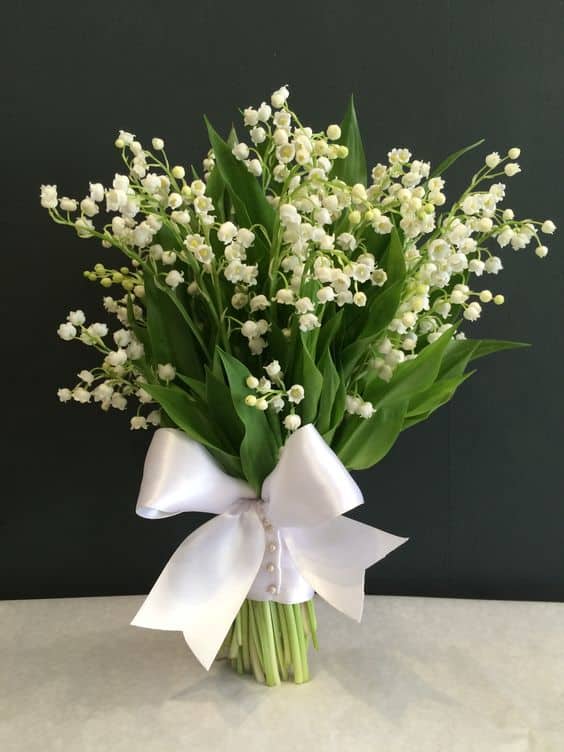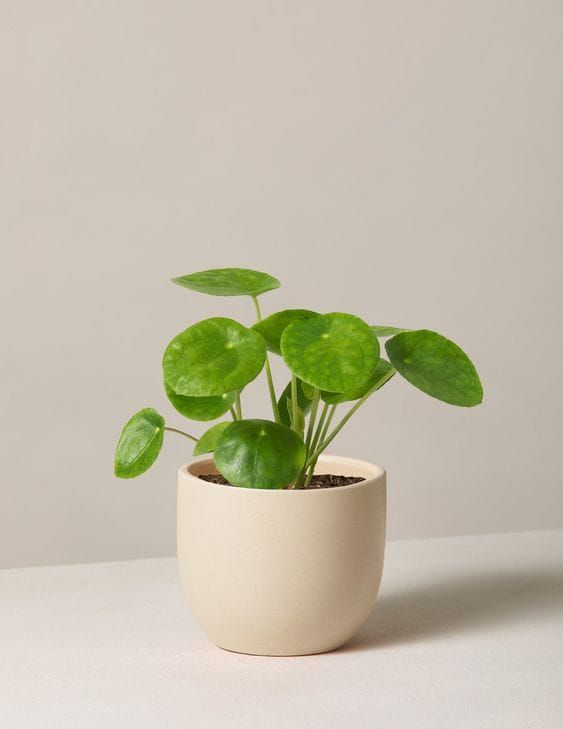Its small bells celebrate spring every year: the lily of the valley does not fail to embalm our interiors on May 1st and with it, the hope of a happy year, because the lily of the valley would be a lucky charm. Lucky charm? And the lily of the valley is not the only plant that can attract fortune, luck, and joy to our homes. Believe it or not, here are some of those plants that, aside from their potential powers, are beautiful and easy to care for.


The Lily of the Valley is a lucky plant that we have loved to offer around us since Charles IX. As proof, each year, some 60 million sprigs of lily of the valley are produced in France.
To put the odds on your side, try to find a sprig of lily of the valley with thirteen bells, a more powerful lucky charm, it is said, than the four-leaf clover. And is it a coincidence that Lily of the Valley weddings celebrates a couple’s thirteen years of marriage?


Originally from China, the pilea is also called the Chinese money plant: its round and thick leaves have the particularity of having a long and thin petiole placed in the center which makes you think of coins. This resemblance means that your pilea could well bring you a fortune! It would seem that burying a real coin at his feet increases his powers tenfold.
The pilea appreciates a sunny location (but without direct sun) and moderate watering (ideally with rainwater). Avoid standing water in the saucer. The multiplication is easy as the “baby pileas” (suckers) appear easily as soon as your pilea feels good.
The lucky bamboo or Lucky Bamboo does not hide its game: considered a lucky plant in China, the lucky bamboo is often given as a gift to bring success, wealth, happiness, and health. Note that the number of stems makes sense: two stems represent love, three stems happiness, eight stems prosperity, etc.
The lucky bamboo is not bamboo: it is actually part of the family of dragon trees (dracaena). The dracaena sanderiana owes its name of lucky bamboo to its resemblance to bamboo culms. Unlike real bamboo, it is very easy to maintain indoors: it is often grown in water but cultivation in the soil is possible.
This website uses cookies.